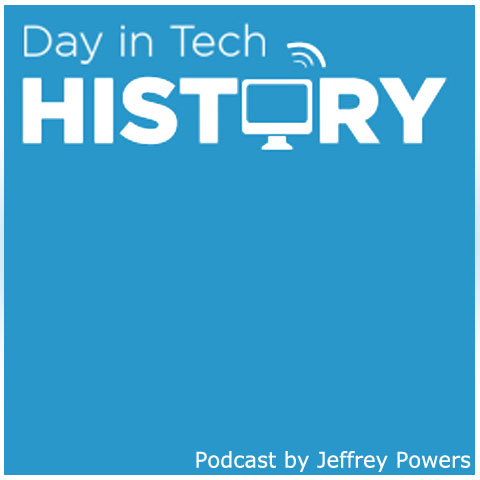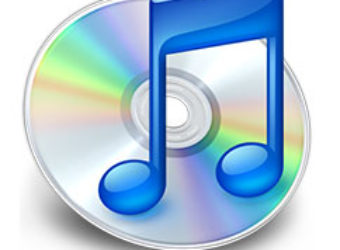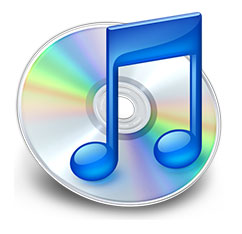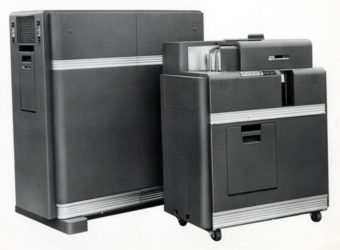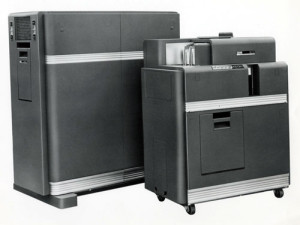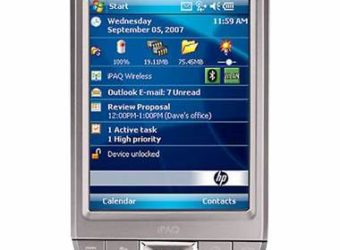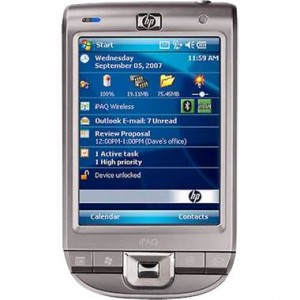January 9, 2001: Mac OSX, iTunes Media Platform Announced
Subscribe! Spotify | RSS | More
At MacWorld 2001, Steve Jobs announced Mac OSX – the base OS for Apple for the next couple decades. With Darwin, an open source BSD Unix service, 2D (Quartz), 3D (OpenGL) and Quicktime (QT5). The programming language of Classic, Carbon and Cocoa allowed programs from OS9 to run. Cocoa is an object oriented API for new apps.
OSX became available on March 24, 2001 for $129
Jobs also announced the PowerMac G4 with “Power to Burn”. Based on the PowerPC G4 chip at 733 MHz. Four models coming with CD-RW and Superdrive, 133 MHz system and memory bus, AGP 4x graphics and nVidia graphics.
Finally, Jobs announced iTunes – Their interface was simple and powerful. Create playlists and burn CDs in one window. You can also take an MP3 player and connect to iTunes to drag and drop titles. Finally, iTunes has an internet radio function to listen to all your favorite stations.
Below is the keynote from 2001 also showing off iDVD, iMusic, and the Powerbook G4 Titanium.

Subscribe to Day In Tech History:
RSS Feed - iTunes - Android - Spotify - iHeartRadio
Facebook -
- RSS Bandwidth by Cachefly Get a 14 Day Trial
- Join me on Patreon and support Day in Tech History
- Mac OS X is unveiled
- Ask.com reorganizes – CEO Jim Lanzone steps down
- Verizon finishes acquisition of Alltel for $27.5 Billion
